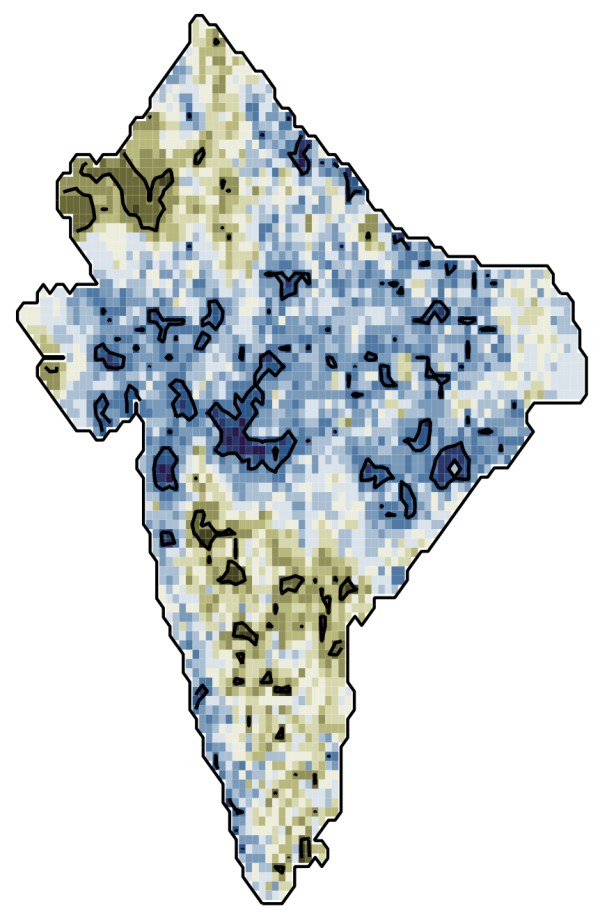Viruses, Vol. 17, Pages 1048: Mesocricetus auratus (Golden Syrian Hamster) Experimental Model of SARS-CoV-2 Infection Reveals That Lung Injury Is Associated with Phenotypic Differences Between SARS-CoV-2 Variants
Viruses doi: 10.3390/v17081048
Authors:
Daniela del Rosario Flores Rodrigues
Alexandre dos Santos da Silva
Arthur Daniel Rocha Alves
Bárbara Araujo Rossi
Richard de Almeida Lima
Sarah Beatriz Salvador Castro Faria
Oswaldo Gonçalves Cruz
Rodrigo Muller
Julio Scharfstein
Amanda Roberta Revoredo Vicentino
Aline da Rocha Matos
João Paulo Rodrigues dos Santos
Pedro Paulo Abreu Manso
Milla Bezerra Paiva
Debora Ferreira Barreto-Vieira
Gabriela Cardoso Caldas
Marcelo Pelajo Machado
Marcelo Alves Pinto
Despite the current level of public immunity to SARS-CoV-2, the early inflammatory events associated with respiratory distress in COVID-19 patients are not fully elucidated. Syrian golden hamsters, facultative hibernators, recapitulate the phenotype of SARS-CoV-2-induced severe acute respiratory syndrome coronavirus 2 (SARS-CoV-2)—induced severe acute lung injury seen in patients. In this study, we describe the predominance of the innate immune response in hamsters inoculated with four different SARS-CoV-2 variants, underscoring phenotypic differences among them. Severe inflammatory lung injury was chronologically associated with acute and significant weight loss, mainly in animals inoculated with A.2 and Delta variants. Omicron-infected animals had lower overall histopathology scores compared to other variants. We highlight the central role of endothelial injury and activation in the pathogenesis of experimental SARS-CoV-2 infection in hamsters, characterised by the presence of proliferative type I and type II pneumocytes with abundant surfactant expression, thereby maintaining hyperinflated alveolar fields. Additionally, there was evidence of intrapulmonary lymphatic vessel proliferation, which was accompanied by a lack of detectable microthrombosis in the lung parenchyma. However, white microthrombi were observed in lymphatic vessels. Our findings suggest that the physiological compensatory mechanisms that maintain respiratory homeostasis in Golden Syrian hamsters prevent severe respiratory distress and death after SARS-CoV-2 infection.
Source link
Daniela del Rosario Flores Rodrigues www.mdpi.com

